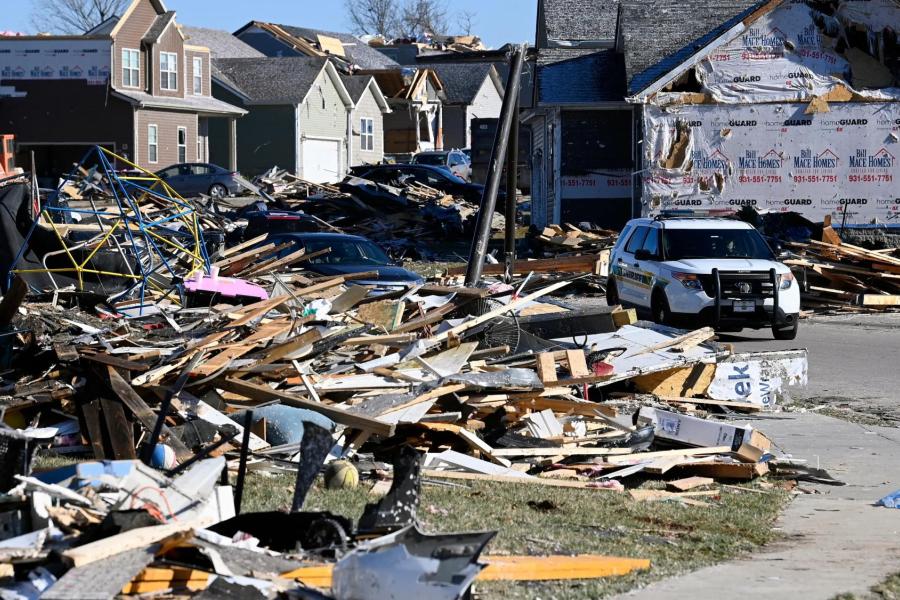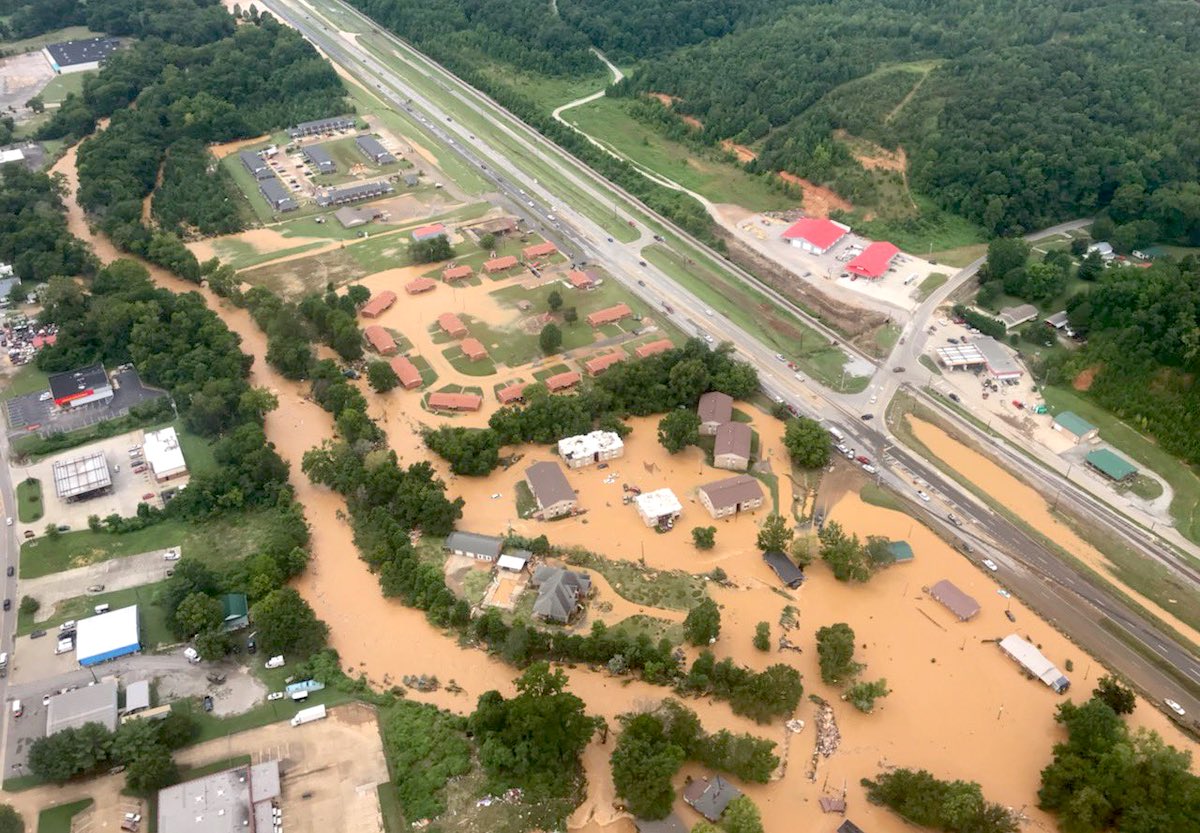FEMA overhauls disaster recovery benefits, assistance policies

By KATE COIL
TT&C Assistant Editor
The Federal Emergency Management Agency (FEMA) has announced reforms to its Disaster Assistance Program to remove unnecessary red tape.

Secretary of Homeland Security Alejandro N. Mayorkas and FEMA Administrator Deanne Criswell announced the reforms will include changing federal assistance policies and expanding benefits for disaster survivors to cut red tape, provide funds faster, and provide more flexibility. The reforms are the most comprehensive update to FEMA’s disaster program in 20 years.
The changes were prompted by the increased frequency of extreme weather events across the country, which have increased the need to provide survivors faster, easier, and more equitable access to necessary resources.
The reforms are also the result of feedback collected from decades of disaster survivors, communities, and stakeholders on how to improve the program and through partnerships with stead and Congressional leadership.
Program reforms include:
- Establishing Serious Needs Assistance: This new cash relief program will replace the Critical Needs Assistance Program and will be available in all disasters receiving Individual Assistant. Households needing immediate help to cover expenses such as shelter, evacuation, and basic needs will receive $750 in addition to other assistance that may be needed.
- Establish Displacement Assistance: A new benefit that will provide immediate housing needs for disaster survivors, specifically those who cannot return to their home following a disaster.
- Removing Loan Application Requires: Removes the requirement that survivors apply for a Small Business Administration (SBA) loan before being considered for certain types of financial assistance, such as personal property and non-housing loans.
- Helping Underinsured Survivors: This measure will streamline insurance-related rules to help survivors who do not receive enough money from their insurance companies to cover rebuilding costs.
- Simplifying Assistance for Entrepreneurs: FEMA is simplifying the process so entrepreneurs, gig workers and other self-employed individuals can more easily reopen their businesses after a disaster that will provide additional support to SBA loans.
- Expanding Habitability Criteria: FEMA is simplifying its definition of “habitability” to broaden eligibility to include repairs to homes with pre-existing conditions, eliminating current limitations to home repair assistance and expanding eligible hazard mitigation measures beyond essential components of a residence. The measure will also offer more flexibility for documentation to prove a home is owner occupied.
- Making Accessibility Improvements: Survivors with disabilities can use FEMA funding to make certain accessibility improvements to homes damaged by a declared disaster, even if that includes making the home more accessible than it was pre-disaster.
- Simplifying The Application Process: Reforms to the application process include removing barriers for late applicants, streamlining temporary housing assistance applications by reducing the documentation required and providing individual caseworkers,
- Simplifying the Process for Appeals: Survivors who wish to appeal FEMA’s decisions on their eligibility will no longer need to provide a signed, written appeal letter to accompany the supporting documentation, and simplifying the appeals process.
FEMA expects the changes to take effect for new disasters declared on or after March 22, 2024.
Additionally, FEMA has made changes to its DisasterAssitance.gov and Transitional Sheltering Assistance websites to make them more accessible and navigable, including allowing better online application and tracking processes to help reduce time burdens and provide more user-friendly information.
More information about the changes can be found at FEMA's website.

